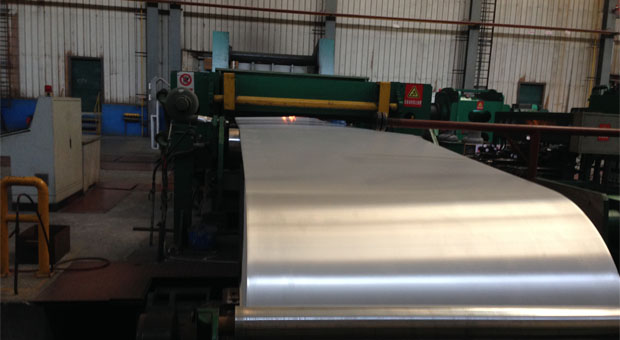Aluminum plate is a rectangular material with rectangular cross section and uniform thickness, which is made of pure aluminium or aluminium alloy by pressure processing (shearing or sawing).·

Classification of aluminum materials according to different classifications:
In the international classification of aluminium materials, it is customary to call aluminium materials with thickness of more than 0.2 mm, less than 500 mm, width of more than 200 mm and length of less than 16 m as aluminium sheets or aluminium plates, aluminum foil below 0.2 mm and layout or aluminum strips within 200 mm width (of course, with the progress of large equipment, the layout with the widest width of 600 mm is more.
1-8 series aluminum sheets are usually divided into the following two categories:
1. According to the composition of the alloy, it can be divided into:
High purity aluminium sheet (rolled from high purity aluminium with content over 99.9)
Pure aluminium sheet (basically rolled from pure aluminium)
Aluminum alloy sheets (consisting of aluminium and auxiliary alloys, usually series of aluminium copper, aluminium manganese, aluminium silicon, aluminium magnesium, etc.)
Composite aluminium sheet or quinone welded sheet (special purpose aluminium sheet material obtained by means of composite materials)
Aluminum cladding sheet (Aluminum clad sheet used for special purposes)
2. According to thickness, it can be divided into: (unit mm)
Thin aluminum sheet 0.15-2.0
Aluminum sheet 2.0-6.0
Aluminum Plate 6.0-25.0
Aluminum Plate 25-200
Five-bar diamond aluminium sheet
Over 200 Ultra-thick aluminium Plates